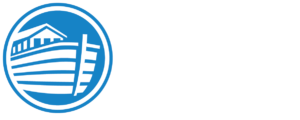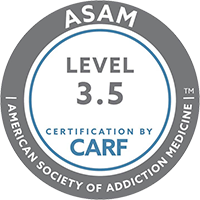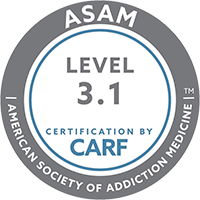Overdose Statistics
- 2,250 Overdose Deaths in 2021
- 14.5% Increase from Prior Year
- 107,000 Overdose Deaths Nationwide
According to state and local officials the rise in the death toll was driven largely by an increased use in fentanyl which accounts for approximately 70% of all overdose deaths in 2021. They also attribute the rise to the availability of potent inexpensive methamphetamine.

Overdose Risk Factors & Prevention
Risk Factors
- History of opioid dependence
- Injecting opioids
- Combining opioids and sedatives
- Opioid use with HIV, depression, or liver or lung disease
Prevention
- Do not mix drugs
- Have an overdose rescue plan
- Talk with a healthcare professional
- Use one pharmacy (SAMHSA, 2016)
Risk of Witnessing an Overdose
- People at risk of an overdose, their families, and their friends
- People whose work brings them into contact with those at risk of overdose
Signs & Symptoms of an Overdose
- Slow and/or shallow breathing, difficulty breathing
- Small pupils
- Weak pulse
- Low blood pressure
- Lips and fingernails turning blue or purplish black
- Disorientation
- Loss of consciousness
- Unresponsive
- Choking or snore-like gargling sounds (“Death Rattle”)
- Vomiting
- Being limp
- Very pale or clammy face
- Bluish-purple skin tone for those with lighter skin, grayish or ashen skin tone for those with darker skin
Responding to an Overdose
Assess the Signs
- Make sure the scene is safe
- Is the person breathing & responsive?
- Do they answer when you shake them or shout their name?
- Can the person speak?
Stimulations
If the person is unconscious or appears to be asleep, try to wake them up. Say their name and/or something like, “I am going to call 911” or “I am going to give you Narcan.”
If the Person is Unresponsive
- Call 911
- Perform CPR based upon your level of training
- Immediately administer naloxone
What is Naloxone?
Naloxone has no potential for abuse. If it is given to a person who is not experiencing an opioid overdose, it is harmless. If naloxone is administered to a person who is experiencing an opioid overdose, it will produce withdrawal symptoms. Naloxone does not reverse overdoses that are caused by non-opioid drugs.
Naloxone should be stored at room temperature and away from light. The shelf life of naloxone is approximately two years.
Fast Facts About Naloxone
- Naloxone has been approved since 1971
- Naloxone is not a controlled substance
- Naloxone is an inert medication, non-addictive
- Naloxone can be administered repeatedly without harm
- Naloxone has no potential for abuse
- Naloxone has a shelf life of two years
- Naloxone can be administered intramuscularly, intranasally via atomizer devise or via an auto-injector





